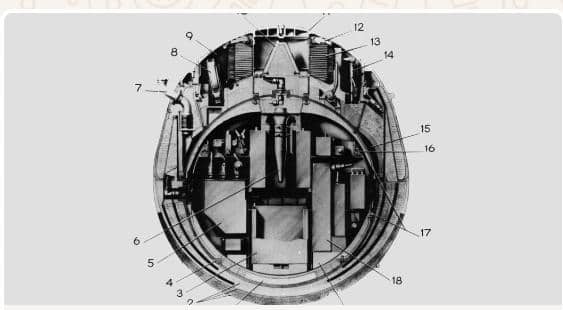By Burnett Munthali
A Soviet spacecraft originally launched toward Venus in 1972 has astonishingly returned to Earth after spending over half a century drifting through the cosmos.
The unexpected homecoming of the long-forgotten space probe has captured the attention of scientists, historians, and the global public alike.
The spacecraft, part of the former Soviet Union’s interplanetary exploration program, had been assumed lost shortly after its departure, with mission failure declared decades ago.
Launched during the Cold War-era space race, the probe was one of many ambitious efforts by the USSR to reach Earth’s planetary neighbors and assert dominance in space exploration.
Its original mission was to study the atmosphere and surface of Venus, a planet shrouded in mystery due to its thick cloud cover and extreme temperatures.
However, technical complications shortly after launch caused the spacecraft to deviate from its intended course.
For decades, no signal or tracking data had been received, leading most experts to believe it had either disintegrated or been lost to the vast emptiness of space.
That all changed on Saturday, when astronomers at an observatory in Chile detected a small object re-entering Earth’s atmosphere on a trajectory inconsistent with modern satellite debris.
Initial spectrographic analyses and trajectory calculations revealed that the object matched the specifications and launch vector of the 1972 Soviet Venus mission.
NASA and ESA specialists have since confirmed that the returning spacecraft is indeed the long-lost Soviet probe, intact though heavily scorched from its journey through space and atmospheric re-entry.
The spacecraft landed in a remote area of Kazakhstan, remarkably close to the Baikonur Cosmodrome, the very site from which it was originally launched 53 years ago.
Recovery teams, including Russian space historians and engineers, swiftly secured the site and transported the probe to a secure laboratory for further analysis.
Despite the decades spent adrift, early examinations suggest that the probe’s outer structure remained largely intact, a testament to the engineering prowess of the Soviet-era space program.
Scientists are now working meticulously to preserve and analyze the craft, hoping to extract remaining data or understand the factors that led to its extraordinary orbital path.
This event has reignited global interest in space archaeology and the history of human spaceflight, sparking discussions about the forgotten legacies of Cold War space exploration.
It also highlights the enduring mysteries of orbital mechanics, and how even lost probes can one day find their way home.
For many, the return of the 1972 Venus spacecraft is more than just a scientific anomaly—it’s a time capsule from an era when humanity first dared to reach beyond Earth’s boundaries.
In the coming weeks, researchers hope to uncover more about how the probe survived, what information it may still hold, and what lessons it might offer for future interplanetary missions.
This unprecedented event also serves as a reminder of the unpredictability and wonder of space, where even a lost journey can culminate in an unexpected return.
Ultimately, the spacecraft’s return after 53 years is not just a marvel of science, but a poetic echo from a bygone era of exploration and ambition.


